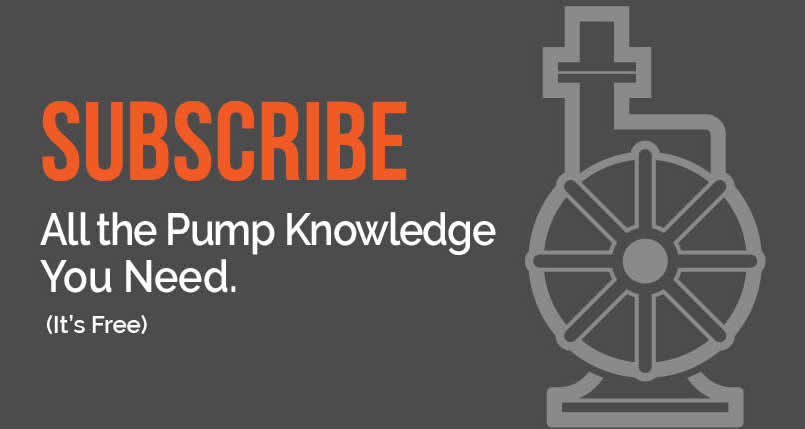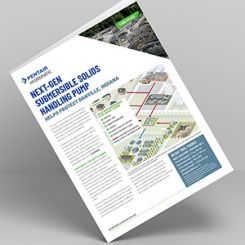Pumps are often touted for their high-capacity flow rates, and this is important in many applications such as bulk transfer, gland seal flushing and saltwater disposal. For metering applications where precision and accuracy take precedence, just the opposite—low flow rates—are often required. Since it is metering, a pump should also meet the American Petroleum Institute (API) 675 standards for steady-state accuracy (plus or minus 1 percent), linearity (plus or minus 3 percent) and repeatability (plus or minus 3 percent). Less common in the chemical metering world is the electric operated double diaphragm (EODD) pump. A relatively new technology, EODD pumps are establishing themselves as an alternative to peristaltic pumps in metering applications. When used with the proper electronic controls, the cycle rate on an EODD pump is monitored to ensure flow matches the required metered rate.
What Is an EODD Pump?
An EODD pump is a standard double diaphragm pump driven by an electric motor rather than compressed air. In more complex forms, an EODD pump has integrated surge suppression, the ability to stall against back pressure and electronic control. The latter allows the EODD pump to be controlled by a typical PLC or SCADA control system. Image 1. An EODD pump in an installation (Images courtesy of Graco Inc.)
Image 1. An EODD pump in an installation (Images courtesy of Graco Inc.)Advantages of EODD Pumps
One of the most desirable characteristics of diaphragm pumps is the ability to configure them for a variety of applications. Diaphragm pumps can be fitted with materials to pump everything from high-solid, abrasive material to highly concentrated caustic chemicals. Functionally, diaphragm pumps are better suited for high volume applications and have a larger flow rate range than some alternatives. Diaphragm pumps also exhibit less pulsation variance than other chemical metering counterparts, which is desirable when flow meters are used. EODD pumps also have a smaller footprint compared to pumps of similar capacity. In applications where space is at a premium, using EODD technology is worthwhile due to its small size and the potential to replace multiple pumps. Maintenance and downtime can also be reduced. Especially in highly abrasive applications, such as lime slurry, diaphragms have proven to outlast counterparts by a wide margin. Image 2. The initial investment on an EODD pump is typically less than other industrial pumps.
Image 2. The initial investment on an EODD pump is typically less than other industrial pumps.
